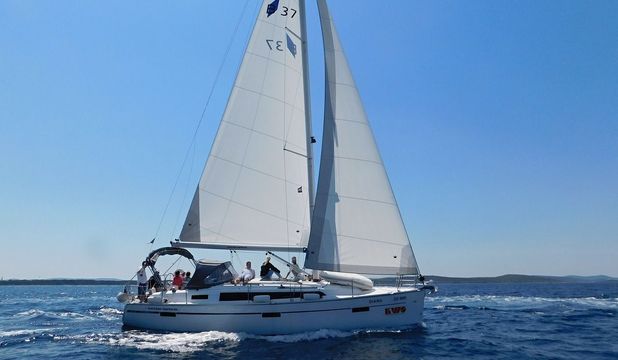Sunday
November 9, 2025
Wednesday
November 19, 2025
More dates available +3
ISSA Sailing Skipper Course in Phuket
Duration
Total days:11Course days: 11
Team level
Beginners
Activity level
Moderate
Event Language
Russian, English

About event
Start:Phuket, Thailand
Finish:Phuket, Thailand
ISSA Sailing Skipper Course in Phuket
The course includes about 30 hours of theory and about 150 nautical miles of practice.
Busy from about 10 to 18 every day (with a break for lunch), overnight stays at home (in a hotel).
Course outline:
- Navigation and cartography.
- Calculation of total compass error.
- Observational techniques (methods of reckoning and observed positions).
- General information of the mercatorial chart.
- Characteristics of lighthouses and navigation marks.
- Charting a route and working with pilots.
- MPSS-72.
- Tidal waters (tables, almanacs, calculation rules, atlases of currents and rhumbas).
- VHF radio communications and use of a half duplex station;
- Basic Maritime English with application of the phonetic alphabet.
- Introduction to synoptic meteorology and analyzing weather forecasts.
- Yacht handling under motor and sails.
- All basic maneuvers of the vessel, including MOU.
- Practical mooring skills.
- Crew organization, logbook keeping, watch planning and emergency situations. General planning of sea crossings in all times and weather conditions up to 6 Beaufort.
- Interaction with charter company representatives and port authorities. Handling of insured and non-insured claims.
According to ISSA standards, this certificate entitles its holder to operate a sailing-motor vessel up to 24 meters long in day and night time at a distance from the coast at 20 nautical miles and wind force up to 27 nautical knots.
Certificates:
Inshore Skipper Sail 150 euro,
Inshore Skipper Power 150 euro
VHF Radio Operator (Short Range Certificate) 100 euro.


ISSA Sailing Skipper Course in Phuket
November 9, 2025 — November 19, 2025from €2,000 / 11 days / 1pers.
Events schedule
- Nov 9, 2025
11 days of theory+practice courses
More dates available +3
Location
Phuket




No comments, be the first one!